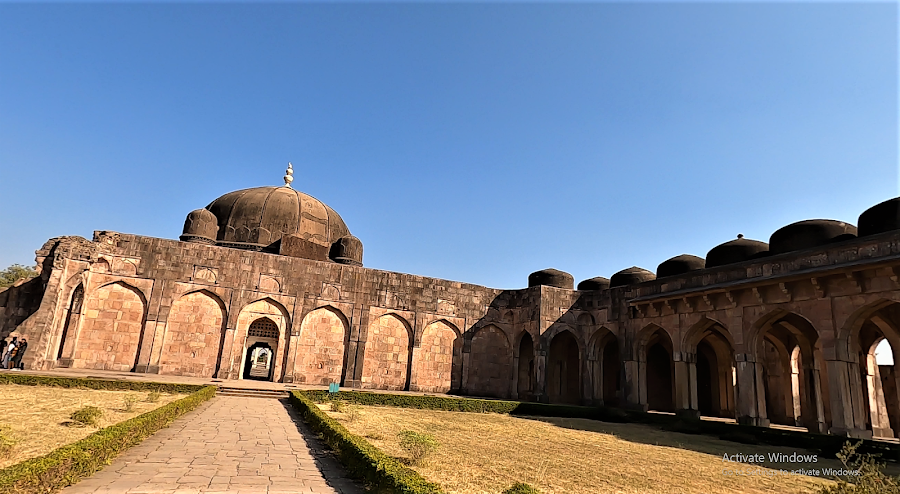
Jami Masjid
Mandu, India
- Admire the intricate jali work.
- Capture the architectural details through photography.
- Enjoy the serene atmosphere.
- Explore the grand prayer hall.
- Learn about the Khilji dynasty.
Known for:
Description:
The Jami Masjid in Mandu is a magnificent example of Afghan architecture. Its imposing structure, characterized by a large domed hall, grand courtyards, and intricate jali work, reflects a blend of Hindu and Islamic styles. The mosque's serene atmosphere and architectural grandeur make it a must-visit for history buffs and architecture enthusiasts. Explore the vast prayer hall, admire the detailed carvings, and soak in the peaceful ambiance of this historical landmark. The Jami Masjid offers a glimpse into Mandu's rich cultural heritage and its significance as a center of Islamic art and architecture.
History:
Construction of the Jami Masjid began during the reign of Hoshang Shah in the 15th century and was completed by Mahmud Khilji in 1454. Intended to be a grand mosque reflecting the glory of the Khilji dynasty, it draws inspiration from the Great Mosque of Damascus. The mosque served as a central place of worship and a symbol of the Sultanate's power. Over the centuries, it has witnessed the rise and fall of empires, standing as a testament to Mandu's rich and turbulent past. Today, it remains one of the most important and well-preserved monuments in Mandu.